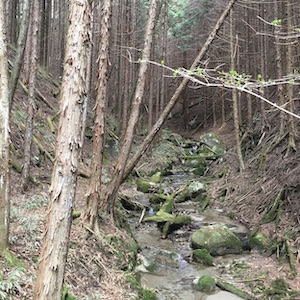Connecting Midono-juku and Nojiri-juku, the Yogawa Road was historically used as an alternative route when the Nakasendo became impassable due to flooding.
The Yogawa Road connects the rice terraces and foothills of Nagiso with the surrounding mountains, and is littered with historical sites such as the Enku Buddha statues of Tokakuji Temple, the stone Buddhas of Amidado, and the Matsubara O-koyasumijo rest spot – famous for its beautiful views of autumn colors.
Hikers who choose the Yogawa Road will be rewarded with stunning scenery and fascinating historical spots, and can enjoy the quiet and calm of nature all around them.
The information provided below assumes a route from Nagiso station to Nojiri Station. Please read from the bottom up if approaching this route from Nojiri Station.
*Please note that this route takes approximately 5 hours, with some long climbs. Please plan your trip to ensure you arrive at Nojiri Station well before sunset. Additionally, it may not be possible to buy food or drinks along the way, so consider stocking up on anything you may need around Nagiso Station before setting off.
The Weeping Plum Tree of Wago (One of Nagiso’s Natural Monuments)
This tree dates back to the Edo period, where it was kept in the garden of the Toyama family – one of the most distinguished sake brewers in the Kiso Valley.
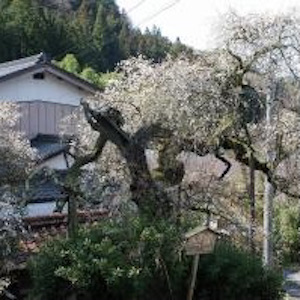
Monument to Sonohara-Sensei
Hisatomi Sonohara was a prominent theologian in the mid Edo period. Born into the family of the head priest of Midono-juku’s Higashiyama Shrine, He studied Shinto, and eventually drew a large number of pupils from the Owari (modern-day western Aichi prefecture), Mino (modern-day southern Gifu prefecture), and Shinano (modern-day Nagano prefecture) provinces.
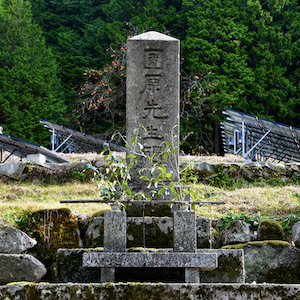
The Enku Buddha Statues of Togakuji Temple (One of Nagiso’s Tangible Cultural Properties)
Togakuji Temple houses three Idaten Buddha statues, which are open to public viewing. These wooden statues were carved by the famous Buddhist monk Enku (1632–1695), who is said to have sculpted over 120,000 wooden statues throughout various pilgrimages across Japan. A total of six statues by Enku can be found in Nagiso.
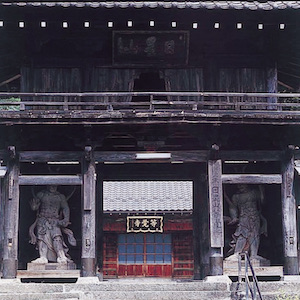
Remains of Midono-juku Honjin (Inn), and its Weeping Plum Tree
A honjin was a lavish inn for high-ranking officials during the Edo period. The weeping plum tree on this site was part of the garden of this this honjin’s gardens. The water from a spring on the property was at one point offered to the Emperor Meiji.
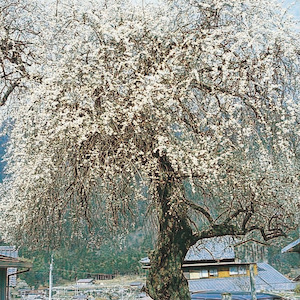
The Nijusan-ya Tower (Tower of the Twenty-Third Night)
As part of folk beliefs, local people would pray to the moon on the 23rd night following the new moon, hoping for good harvests. The tower was built in 1854, and is sometimes called Otachimachi (meaning “stand and wait”), as people would stand there for long hours, waiting for the moon to rise.
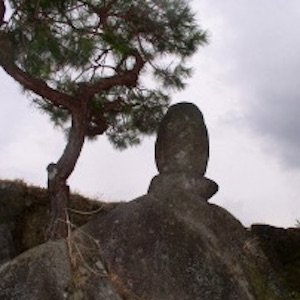
The Autumn Moon at Kotennan and Yogawa (One of the Eight Scenic Spots of Kiso) (One of Nagiso’s Scenic Spots)
The mid-autumn harvest moon viewed from this area, and framed by the surrounding terrain, is truly a sight to behold. In the early Edo period was a priests’ quarters and a kotennan (monk’s retreat) could be found here.
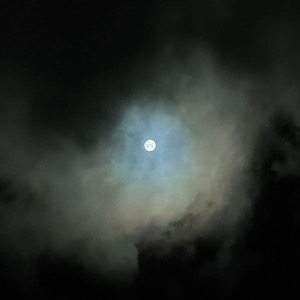
The Giant Cedars of Hakusan Shrine (One of Nagiso’s Natural Monuments)
There are two large Japanese cedar trees at Hakusan Shrine, with circumferences of 8.2m and 6.7m.Hakusan Shrine is also the site of two annual festivals – in the spring and in the autumn. During these festivals lion dances are performed at the shrine as part of kagura (a kind of Shinto ritual ceremonial dance) ceremonies.
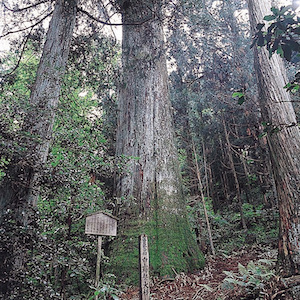
Matsubara O-koyasumijo Rest Spot
The Matsubara O-koyasumijo rest stop served nobles travelling along the Yogawa Road, and afforded beautiful views of the surrounding nature.
Amidado Temple
There are several stone monuments inside the grounds of this tiny roadside temple, including a Koshin monument, a Junrei Sanpai (pilgrimage memorial) monument, and a Myogo monument. The oldest monument within Amidado dates back to 1692.
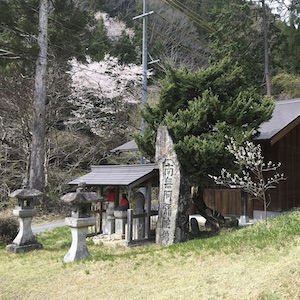
Nenoue Pass
Nenoue Pass lies between Yogawa and the neighboring Nojiri (part of Okuwa village). Though long gone now, another rest spot could historically be found here.
